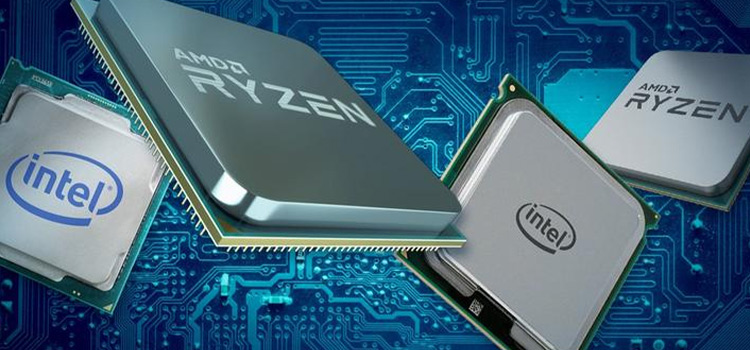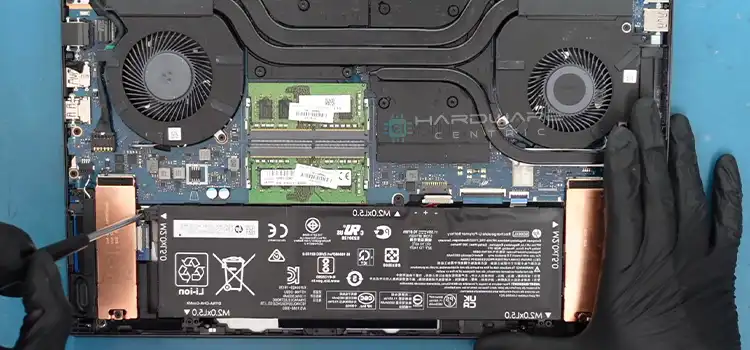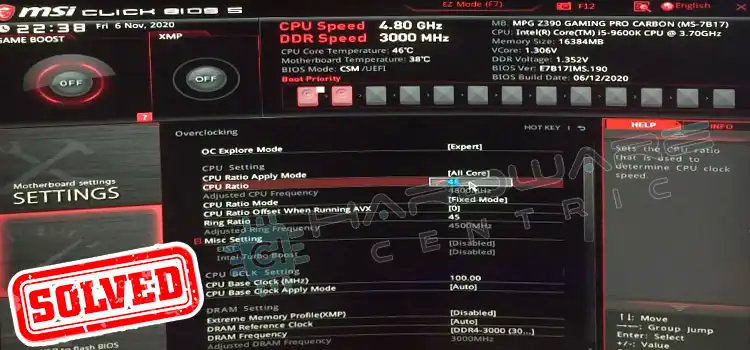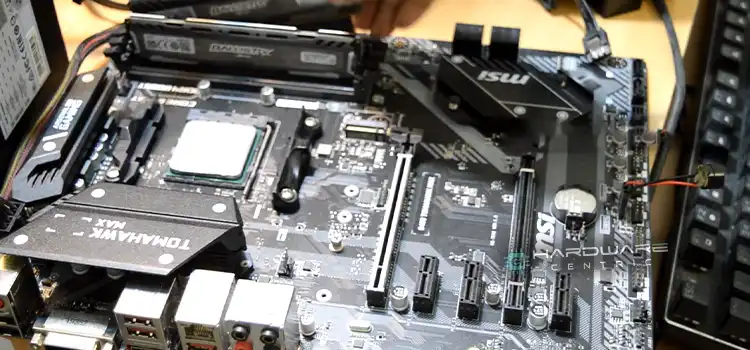4 Cores 8 Threads vs 6 Cores 6 Threads CPU | Which One Do You Prefer?
As you may know, the more the core and threads, the better the processor. Here, we’re talking about 4 cores 8 threads, and 6 cores 6 threads.
For the same architecture, the fundamental difference between them is one has fewer cores and more threads, and the other one has more cores and fewer threads.
Therefore, if you’re confused between these two processors and which one you should choose, then we’re here to help you in your decision-making.
So, without any further delay, let’s jump into the next section.

4 Cores 8 Threads vs 6 Cores 6 Threads: Comparison
First, let us elaborate on the Comparison between the core and the thread to make it easier to understand. The cores are the physical ones and the threads are the logical or virtual ones.

One physical core is capable of running two threads. But in order to do so, the Hyperthreading (HT) or Simultaneous Multithreading (SMT) process must be done.
HT/SMT grants the processors to utilize more than one thread to run on per physical core. These threads or virtual cores share the data of that physical core.

The thing is utilizing more physical cores brings more advantages than utilizing more threads. That means, even though the 4 cores 8 threads fully support the running applications or ensure maximum clock rate, the 6 cores 6 threads are still better.

Also, applying HT/SMT utilizes the threads and really helps to function the physical cores effectively even being loaded with heavy tasks. But the thread number matters less if the core number is greater.
Moreover, if we consider the Intel processors, then they can gain only a 30% performance boost while Hyperthreading. Calculating this fact, the 4 cores 8 threads are nearly similar to 5.2 physical cores, which is less than 6 physical cores.
So, undeniably it can be said that the 6 cores and 6 threads win the prize.
How Many Cores Do You Need?
It’s true that there aren’t too many or huge differences between these two processors, and they aren’t remarkably worse or better than each other too. You can go for any of them if you’re up to using them for average tasking purposes.

If you’re going to perform heavy tasks such as motion designing or media file editing etc, then you can pick the 6 cores and 6 threads.
Otherwise, if you’re a gamer and intend to use the processor for gaming, then you can use anyone. Because most of the games can run smoothly using two or three threads, these processors contain much more than that.

Hence, it totally depends on the tasks you’re up to accomplishing.
Frequently Asked Questions (FAQs)
Are 4 cores 8 threads processors compatible in 2023?
Yes, they are. They’re still capable of playing conventional games and running several programs at a time without any major lagging or stumbling.
Are 8 cores better than 6 cores?
Obviously, they are. The answer is lying in the number. If 6 cores can accomplish a certain number of tasks at a time, then the 8 cores will surely exceed the task’s amount at a time because of the extra two cores.
Are 6 cores 6 threads enough for gaming?
Maximum available games are pretty compatible to play with the 4 cores 4 threads. So, it’s quite clear that the 6 cores 6 threads are undoubtedly more than enough for gaming. You can play high-end games smoothly with them.
How many cores at least a CPU should have?
If a CPU has more cores then it’s better for them. The cores are designed to increase the number of work done at a time. So, the more the core, the more work you can do. But to remain compatible with standard computer tasks, a CPU should have at least 4 cores.
Conclusion
In short, 6 cores 6 threads will perform better than 4 cores 8 threads overall. If you wish to use a processor for a minimal workload and save some budget, then 4 cores 8 threads are suitable for you. Else, you can have the 6 cores 6 threads.
Subscribe to our newsletter
& plug into
the world of PC Hardwares

![[4 Fixes] Logitech G Hub Not Installing](https://www.hardwarecentric.com/wp-content/uploads/2022/06/Logitech-G-Hub-Not-Installing.jpg)

![[4 Fixes] Cat: Can’t Open ‘/Proc/Cmdline’ | DBAN Can’t Open Processor Command Line](https://www.hardwarecentric.com/wp-content/uploads/2023/08/Cat-Cant-Open-‘ProcCmdline.jpg)


